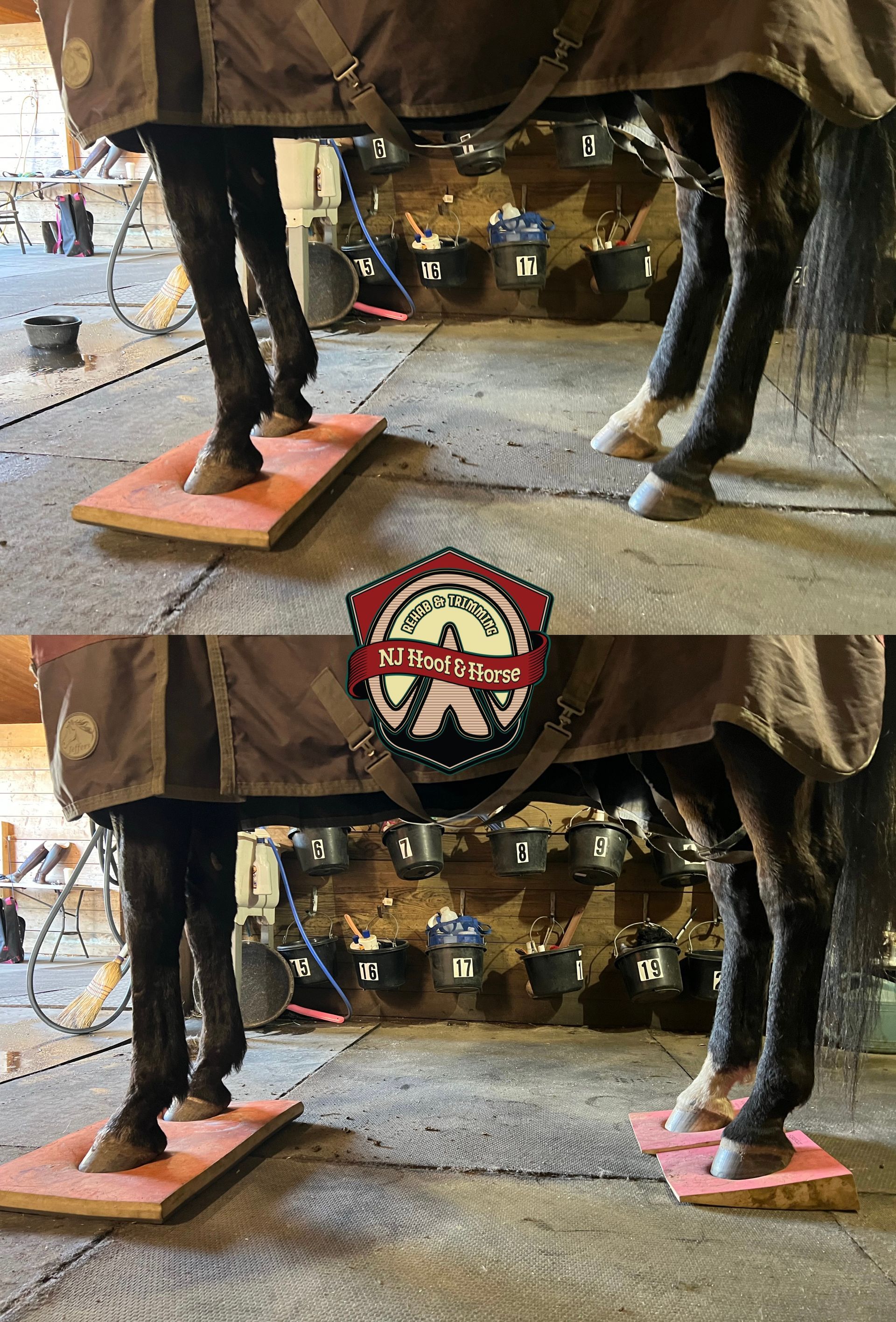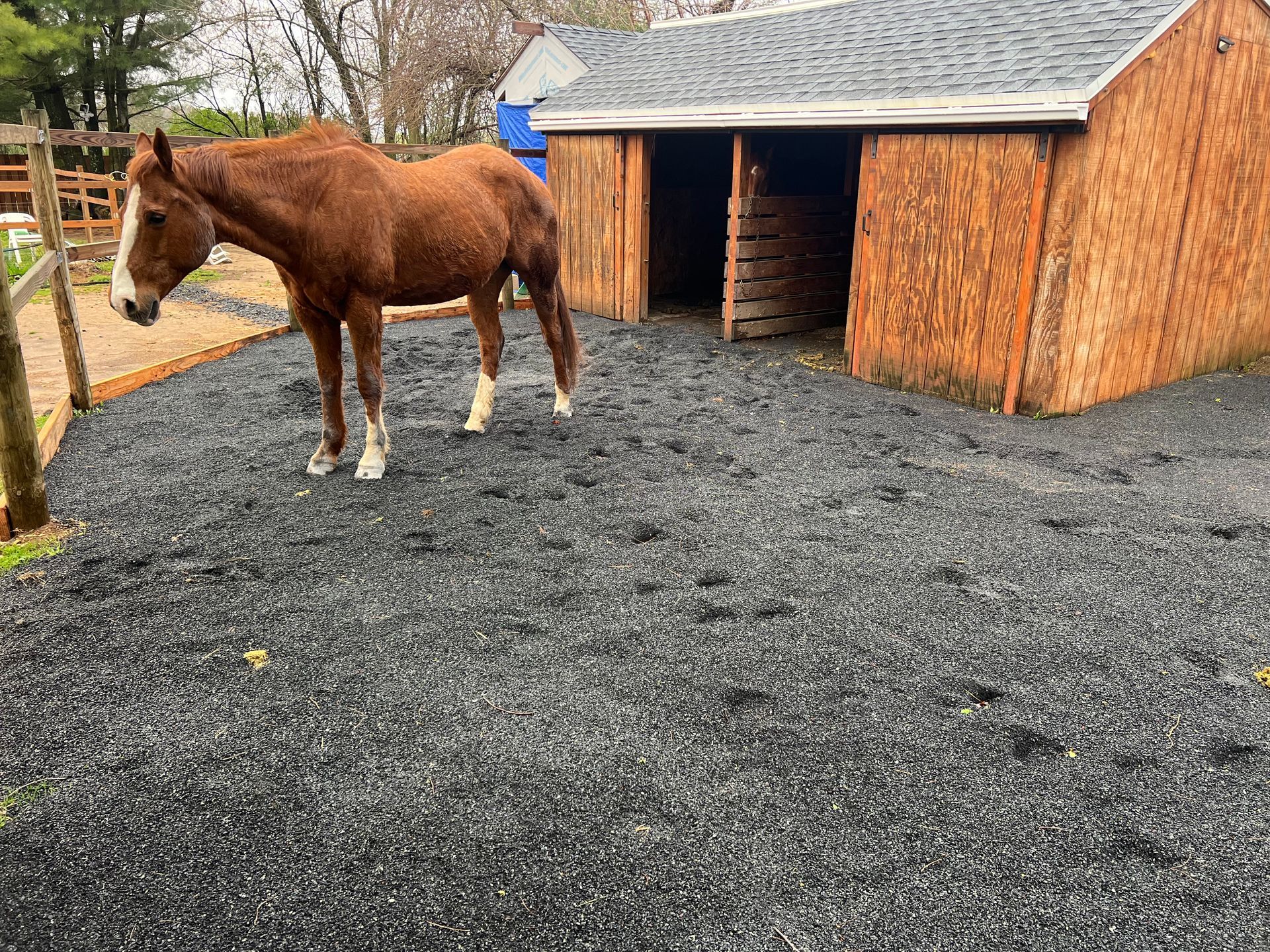Ouch! Thrush hurts!
One Minute Discussions #2
Discussing Natural Hoof & Horse Care
One Minute Discussions #2
Discussing Natural Hoof & Horse Care
OUCH! THRUSH HURTS!
Your horse has thrush. 😐How do I know?
Well, are they walking or standing in poop? In their own urine? Standing in a stall? Trimmed once a year? Eating grains?
Yea, they probably have thrush. 🤷🏻♂️
What is thrush anyway?
It’s a bacterial and/or fungal infection in the frog (the frog is the triangle shaped part in the middle and lower half part of the hoof). You can notice thrush especially in the back part of the frog, in the central sulcus. How does it occur? I mentioned above. And you can add “improper and/or little movement” to that.
See, the more the horse moves, the less stuff gets trapped in the bottom of the hoof. The more the horse stands in its own urine and poop, the more likely you’ll have an infection. Plus, don’t forget that the frog is getting stimulated while moving. Stimulation = health
Common myth - thrush can be found only in a wet environment … ❌ false ❌! It may seem like it but there’s also a thing called “desert thrush”. Not a fun thing for horses out west. So you can find thrush everywhere, both in dry and wet environments. And besides, the ground, dry or wet, is a breeding place for fungus and bacteria, so again, it’s a myth that I keep hearing that thrush is from the wet terrain.
So how do you treat it? Soak it with bleach and thrush buster? No, I don’t recommend it.
Imagine you have an open wound, and somebody comes and pours bleach, alcohol and iodine on it😶. It’s gonna burn 🔥! The tissues around that area will be destroyed and you’ll probably have that open wound for another month or two. That’s how it feels to have thrush and apply thrush buster and the common thrush medicine you can find at pet stores, for example copper sulfate. It burns, kills the bacteria (and with it the live tissues) and the healing process lasts twice as long.
Instead of using aggressive treatments and causing heel pain, use tissue-favoring creams. A good thing I found (and my colleagues use it) is zinc oxide. Amazing thing, both aggressive to the bacteria and favoring the tissues. Neosporin is also great!
❗️Persistency is key❗️If you’re planning on treating it once a week, you will not see any changes, I guarantee it. Staying on top of the problem is essential if you want to get rid of thrush. Treat the infection twice, or at least once a day.
I use a dental syringe and apply the cream in the infected areas that are hard to reach. Put the cream into the syringe using a spoon or butter knife and it should last a while. I also found that soaking cotton balls in the cream and then stuffing the infected areas with the medicated cotton balls helps big time.
It may take a while but with time and proper care it is possible to get rid of thrush!
Don’t give up!💪🏻
Thanks for reading!
Feel free to call or text me to schedule an appointment I service NJ, And parts of PA & DE! Also, if you notice your horse has thrush, let’s chat! Maybe we can figure out a solution!
856-238-3533
Denys A.
P.S. Great article and video
https://www.hoofrehab.com/Thrush_treatment.htm
https://youtu.be/PGCx7Ny8KgU

